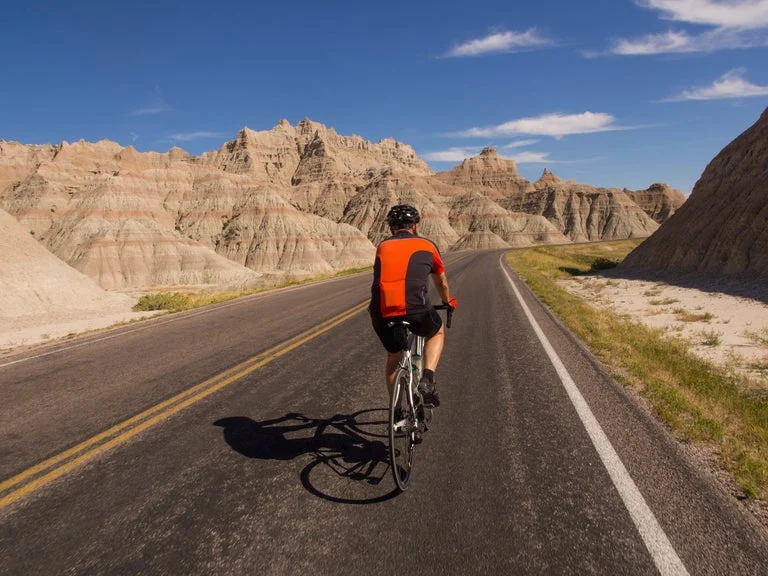
- utah-canyonlands-national-park - Utah’s Canyonlands National Park: Rugged Beauty and World-Class Trails
- california-yosemite-national-park - California’s Yosemite National Park: Epic Backdrops and High-Elevation Challenges
- colorado-rocky-mountain-national-park - Colorado’s Rocky Mountain National Park: Altitude, Flow, and Wildlife
- arkansas-hot-springs-national-park - Arkansas’ Hot Springs National Park: Trail Systems With a Twist
- nevada-great-basin-national-park - Nevada’s Great Basin National Park: Underrated Adventure in Remote Terrain
- tips-for-responsible-mountain-biking-in-national-parks - Tips for Responsible Mountain Biking in National Parks
1. Utah’s Canyonlands National Park: Rugged Beauty and World-Class Trails
Canyonlands is often mentioned in the same breath as Moab, and for good reason—this is the crown jewel of desert mountain biking. While bikes aren’t allowed on all hiking trails, there are extensive designated biking routes just outside and adjacent to the park that still fall under the Canyonlands experience. White Rim Road, a 100-mile loop, is perhaps the most iconic.
Photographers, endurance athletes, and adrenaline junkies all flock here for the red rock spires, dramatic mesas, and Mars-like terrain. Many bikepackers share their multi-day White Rim rides on social media, especially the sunrise sequences from Murphy Hogback.
If you plan on tackling this route, make sure your gear is dialed. Cycling Guider recommends reliable tubeless tire setups, desert hydration packs, and multi-day bikepacking bags built for rugged terrain.
2. California’s Yosemite National Park: Epic Backdrops and High-Elevation Challenges
While Yosemite is best known for granite cliffs and iconic hikes, it’s also a surprisingly solid destination for mountain biking—just not in the valley itself. The adjacent Sierra National Forest offers MTB trails that deliver Yosemite-worthy views without the crowds.
For example, the Bass Lake area and the trails around Wawona are growing in popularity. Riders often capture El Capitan and Half Dome in the background of their clips, creating some of the most Instagrammable MTB content in the country.
Due to elevation shifts, it’s crucial to prep for altitude fatigue and fluctuating temps. Check Cycling Guider for performance hydration systems and elevation-friendly apparel that won’t weigh you down.
3. Colorado’s Rocky Mountain National Park: Altitude, Flow, and Wildlife
Not all parts of Rocky Mountain National Park are bike-accessible, but nearby Estes Park and the adjacent Roosevelt National Forest offer technical singletrack and alpine loop trails that feel like an extension of the park itself.
Riding here means dramatic elevation changes, flowing pine-forest descents, and the occasional elk or bighorn sheep sighting. One rider shared a GoPro clip that went viral in 2024: a peaceful climb interrupted by a small herd crossing the trail—a raw, beautiful reminder of what makes this terrain so special.
Given the steep ascents and rocky switchbacks, a dropper post and wide-range drivetrain are non-negotiables. Cycling Guider can help you build a Colorado-tested MTB setup tailored for these rugged trails.
4. Arkansas’ Hot Springs National Park: Trail Systems With a Twist
Hot Springs might surprise those who assume all great mountain biking lies out west. Its dense forests and surprisingly technical trails make it one of the best US national parks for mountain biking east of the Rockies.
The Northwoods Trail System just minutes from the national park boundary offers miles of professionally built MTB trails. Riders here often combine a soak in the historic hot springs with fast laps on flow trails, making it the ultimate wellness-meets-wilderness trip.
For this terrain, look for trail bikes with responsive suspension and grippy tires that can handle the slick red clay after rain. Cycling Guider offers top-rated products optimized for Southeast riding conditions.
5. Nevada’s Great Basin National Park: Underrated Adventure in Remote Terrain
Tucked into eastern Nevada, Great Basin National Park is often overlooked, which makes it a paradise for riders seeking solitude. The park itself allows limited biking, but the surrounding National Forest lands offer rugged and rewarding trails through ancient bristlecone pine forests and alpine lakes.
One popular route includes the climb up to Wheeler Peak Scenic Drive, followed by a fast, thrilling descent that’s both challenging and visually stunning. The elevation here is no joke—most trails hover around 8,000–10,000 feet.
A remote trail means you’ll need dependable navigation tools, repair kits, and durable frames. Use Cycling Guider to find gear specifically built for long rides far from civilization.
6. Tips for Responsible Mountain Biking in National Parks
As more riders explore these iconic landscapes, it’s crucial to ride with respect—for nature, for fellow trail users, and for long-term trail access.
6.1 Know the Boundaries
Many national parks limit biking to certain areas or roads. Always check maps and signage. Trails outside the parks—often in national forests—are your best bet for technical singletrack.
6.2 Leave No Trace
Carry out all trash, avoid riding wet trails, and stay on marked routes to prevent erosion and protect native vegetation.
6.3 Respect Wildlife
Encounters with animals are thrilling—but stay calm, keep distance, and never chase or feed wildlife. These lands are their home, not our playground.
By riding smart and choosing gear that respects both terrain and tradition, you help ensure that mountain biking remains welcome in these national treasures. For high-performance, trail-tested equipment, visit Cycling Guider and explore our latest recommendations from real riders across the country.


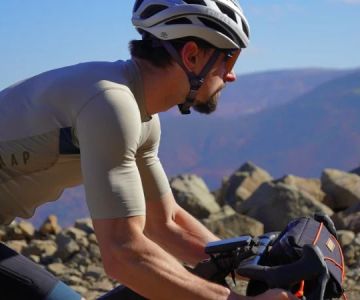
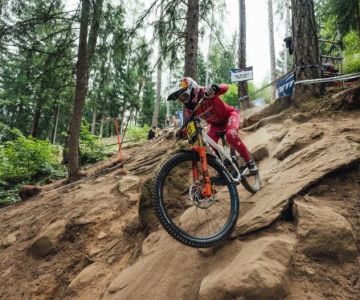
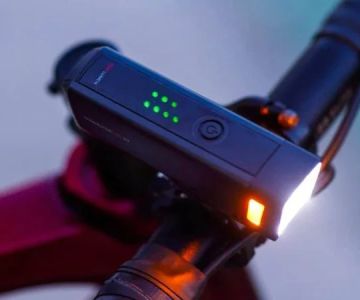
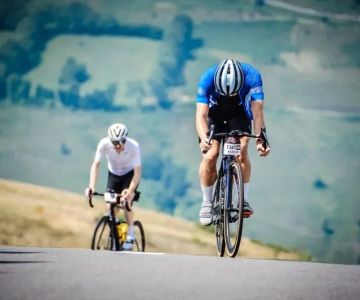
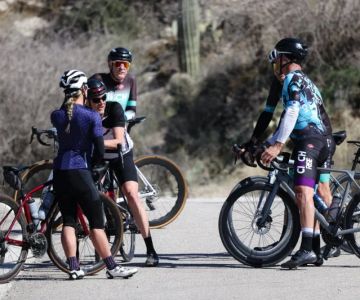
 Billet BMX5.0 (2 reviews)
Billet BMX5.0 (2 reviews)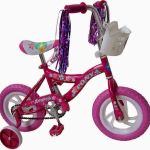 Far East Children Bicycle Factory1.0 (1 reviews)
Far East Children Bicycle Factory1.0 (1 reviews) Archer Motorsports, Inc.4.0 (8 reviews)
Archer Motorsports, Inc.4.0 (8 reviews) YEP Bike Works4.0 (55 reviews)
YEP Bike Works4.0 (55 reviews) Gorham Bike & Ski4.0 (498 reviews)
Gorham Bike & Ski4.0 (498 reviews)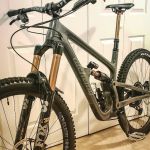 Alchemy Bikes4.0 (37 reviews)
Alchemy Bikes4.0 (37 reviews) How to Teach Kids to Ride a Bike: A Step-by-Step Guide for Parents
How to Teach Kids to Ride a Bike: A Step-by-Step Guide for Parents Tips for Riding on Busy City Streets: Smart Strategies for Urban Cyclists
Tips for Riding on Busy City Streets: Smart Strategies for Urban Cyclists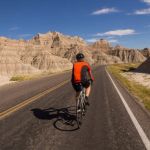 Best US National Parks for Mountain Biking: Ride Epic Trails Across America
Best US National Parks for Mountain Biking: Ride Epic Trails Across America Best Aero Helmets for Time Trials and Racing
Best Aero Helmets for Time Trials and Racing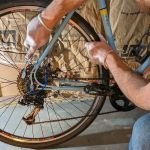 How to Clean and Lubricate Your Bike Chain Like a Pro
How to Clean and Lubricate Your Bike Chain Like a Pro 10 Must-Have Items for Long-Distance Cycling Trips
10 Must-Have Items for Long-Distance Cycling Trips